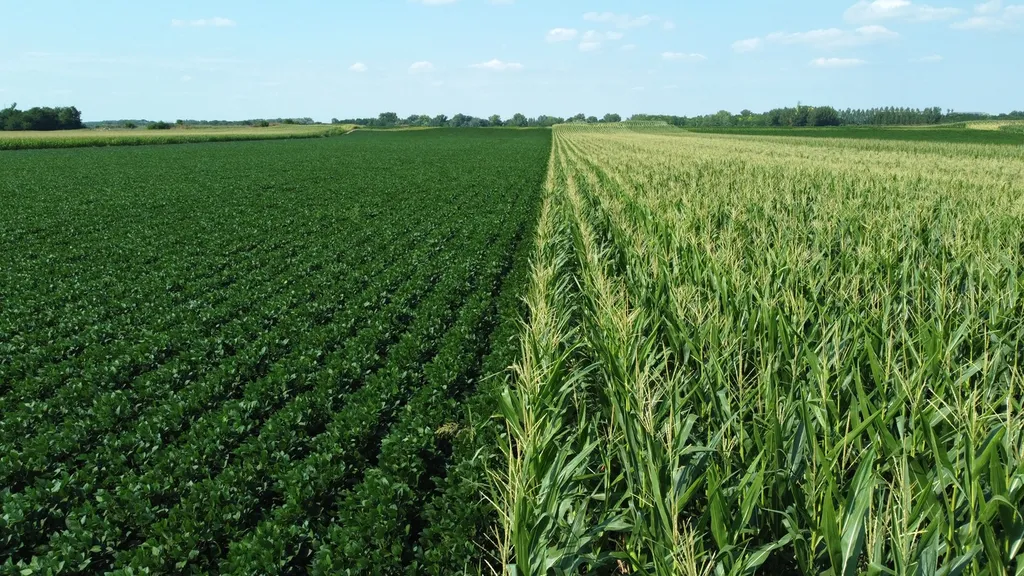In the heart of China, a groundbreaking study led by Dr. Keling Tu from Yangzhou University and Dr. Qun Sun from China Agricultural University is set to revolutionize the way we assess maize seed vigor. Published in the *Journal of Advanced Research* (translated as “Advanced Research Journal”), this research introduces a non-destructive method for evaluating seed quality, promising to accelerate breeding programs and boost agricultural productivity.
Traditional methods of seed vigor testing have long been a bottleneck in the agricultural industry. These techniques are often time-consuming, destructive, and complex, hindering the efficient selection of high-quality seeds. Dr. Tu and his team aimed to overcome these challenges by developing a rapid, non-destructive approach that could be easily integrated into existing breeding programs.
The study utilized 368 maize inbred lines with diverse genetic backgrounds to evaluate seed vigor. By employing advanced technologies such as hyperspectral imaging, machine vision, and gas chromatography with ion mobility spectrometry, the researchers were able to distinguish between high and low-vigor seeds with remarkable accuracy. “The machine vision-based method emerged as the optimal strategy, achieving an accuracy of approximately 90%,” said Dr. Tu. This non-destructive approach not only saves time but also preserves the seeds for further use, making it a cost-effective solution for breeders and farmers alike.
The implications of this research extend beyond the agricultural sector. In the energy sector, maize is a crucial feedstock for biofuel production. High-vigor seeds translate to healthier plants, which in turn can lead to increased biomass yield. This means more efficient and sustainable biofuel production, contributing to a greener energy future.
Dr. Tu’s team didn’t stop at developing the detection model. They delved deeper to understand the underlying mechanisms. By identifying key phenotypic features and conducting genome-wide association analysis, they uncovered two candidate genes involved in hormone regulation that affect seed germination. “This genetic insight is invaluable for breeders aiming to develop high-vigor maize varieties,” Dr. Tu explained. Furthermore, the study revealed significant differences in endogenous hormone levels and various biochemical compounds between high and low-vigor seeds, providing a comprehensive understanding of the factors contributing to seed vigor.
The commercial impacts of this research are substantial. By enabling high-throughput, non-destructive seed quality testing, breeders can accelerate the development of high-vigor maize varieties. This not only benefits farmers by increasing crop yields but also supports the biofuel industry by ensuring a steady supply of high-quality feedstock. As Dr. Tu put it, “Our findings pave the way for more efficient and effective breeding programs, ultimately benefiting both the agricultural and energy sectors.”
This research marks a significant step forward in the field of seed science. By combining advanced technologies with genetic and metabolic analyses, Dr. Tu and his team have developed a robust model for seed vigor detection. As the world grapples with the challenges of food security and sustainable energy, innovations like these offer hope for a more productive and resilient future. The study, published in the *Advanced Research Journal*, serves as a testament to the power of interdisciplinary research and its potential to drive progress in multiple sectors.

